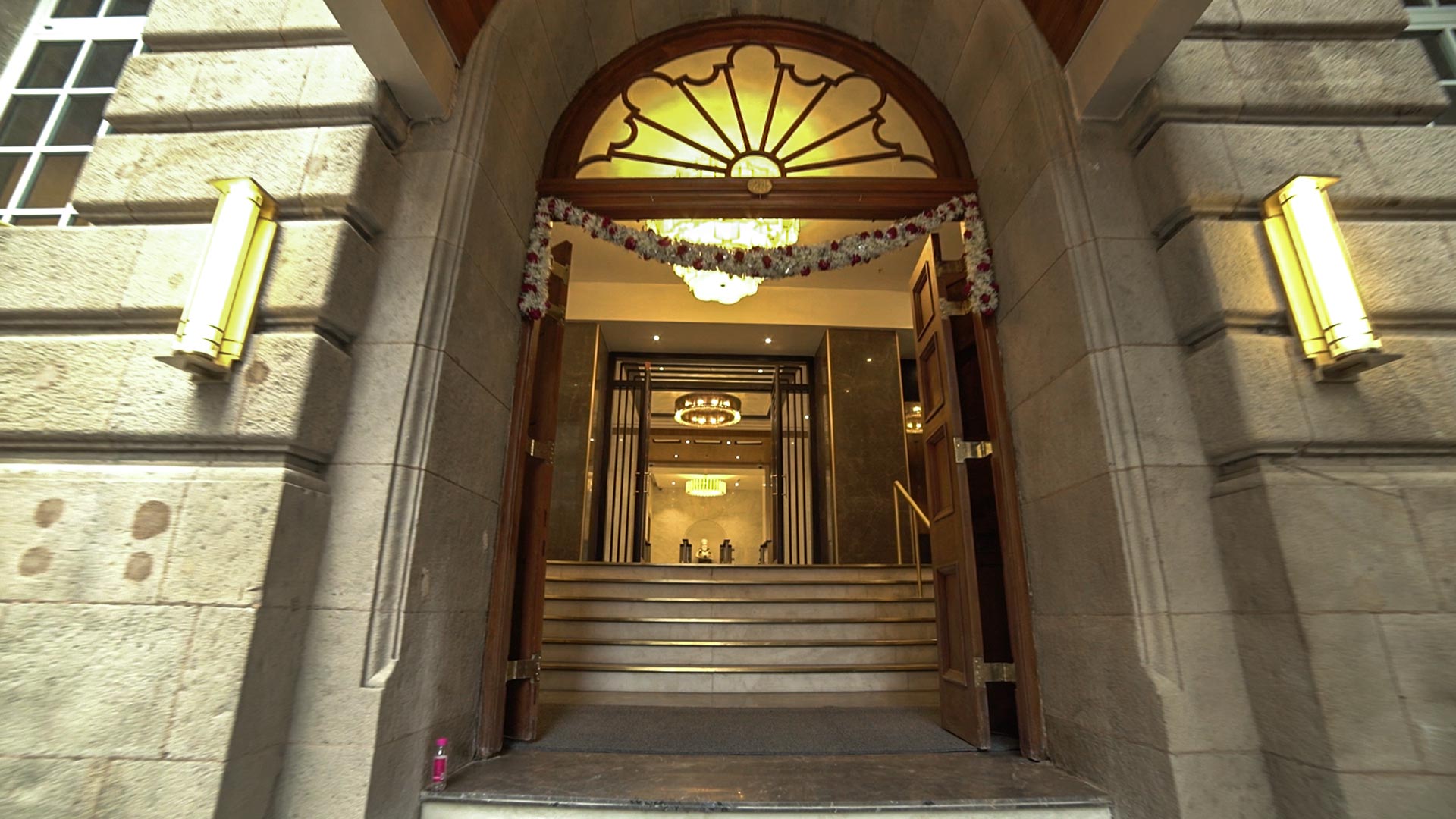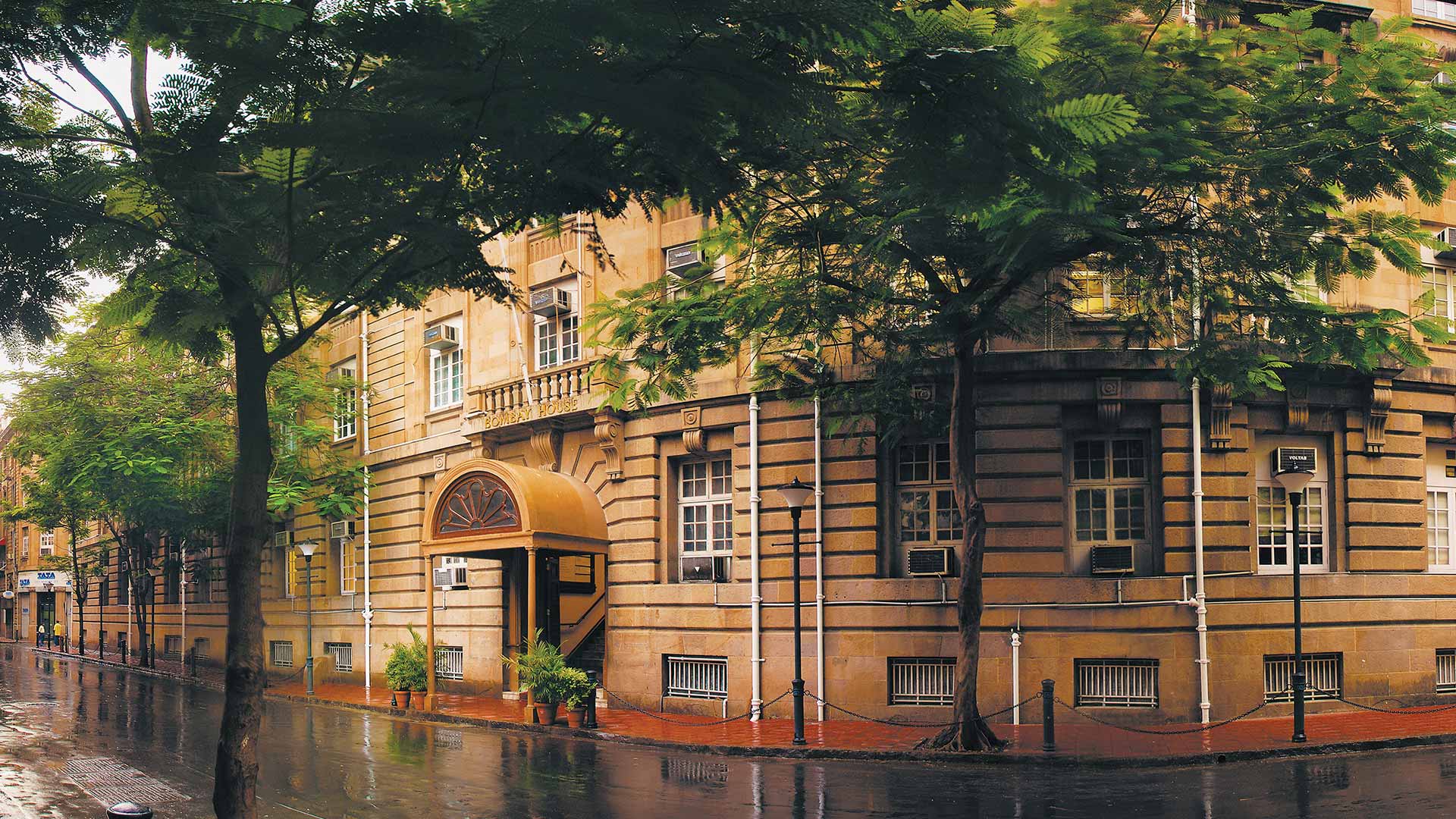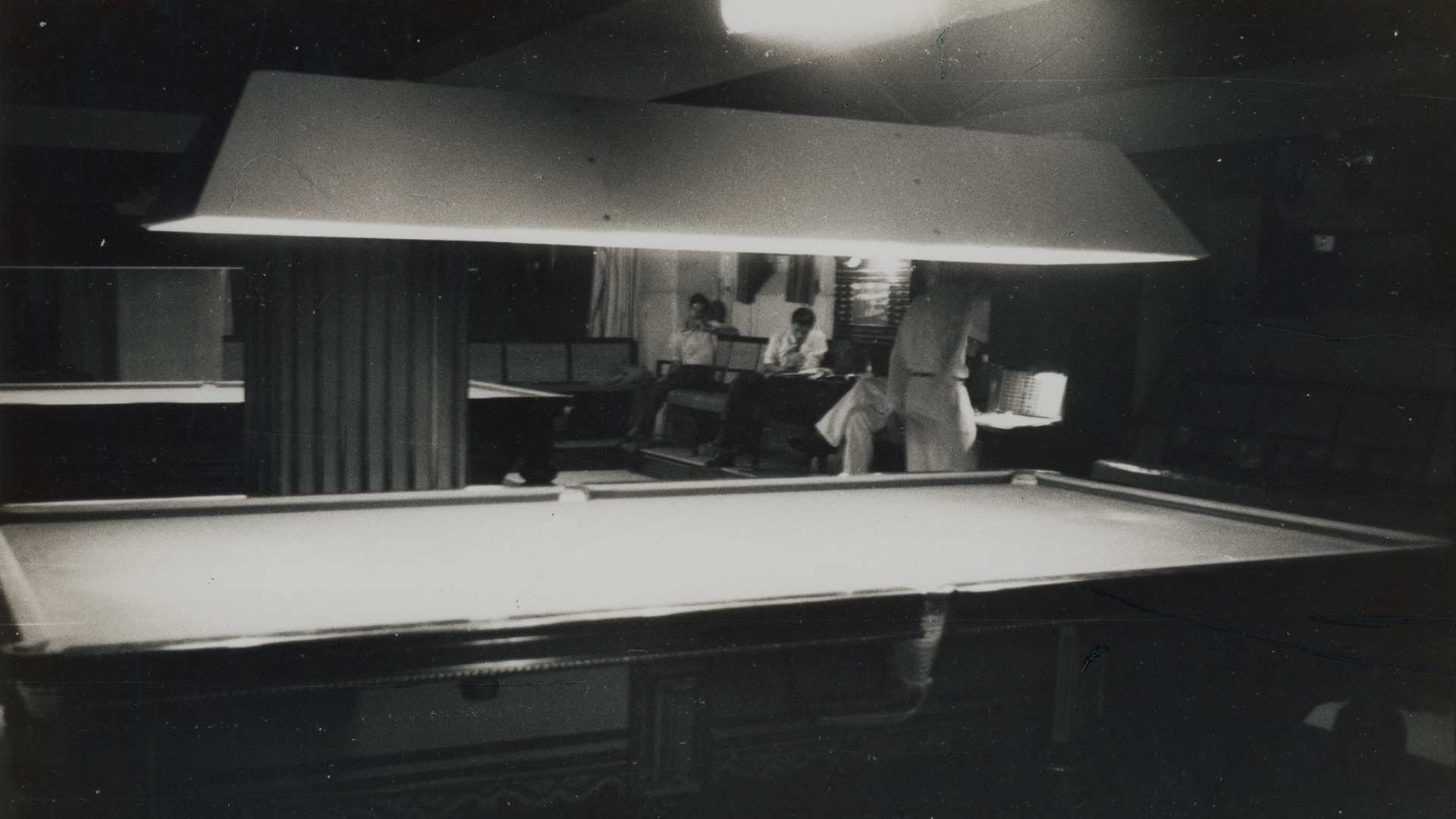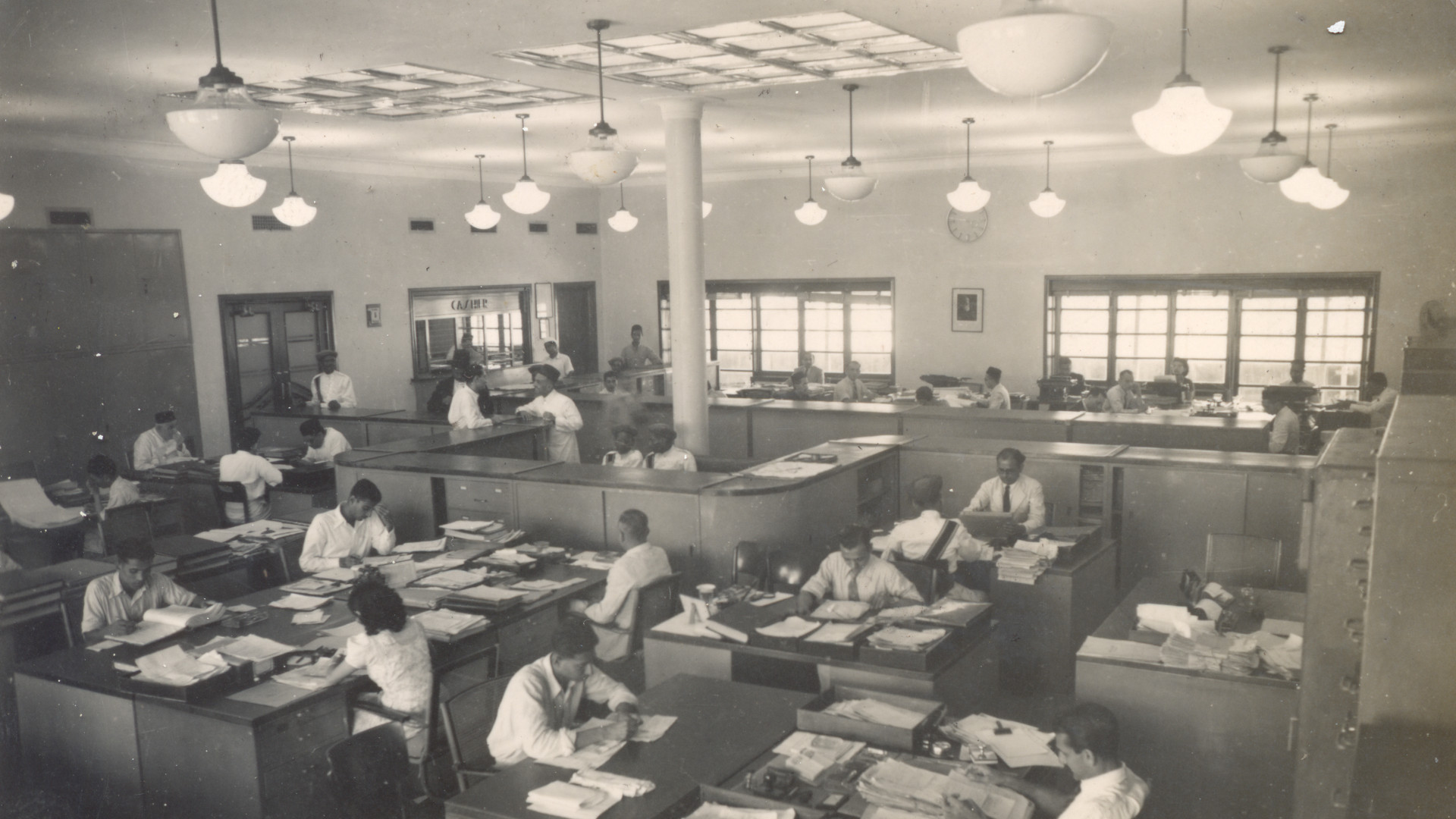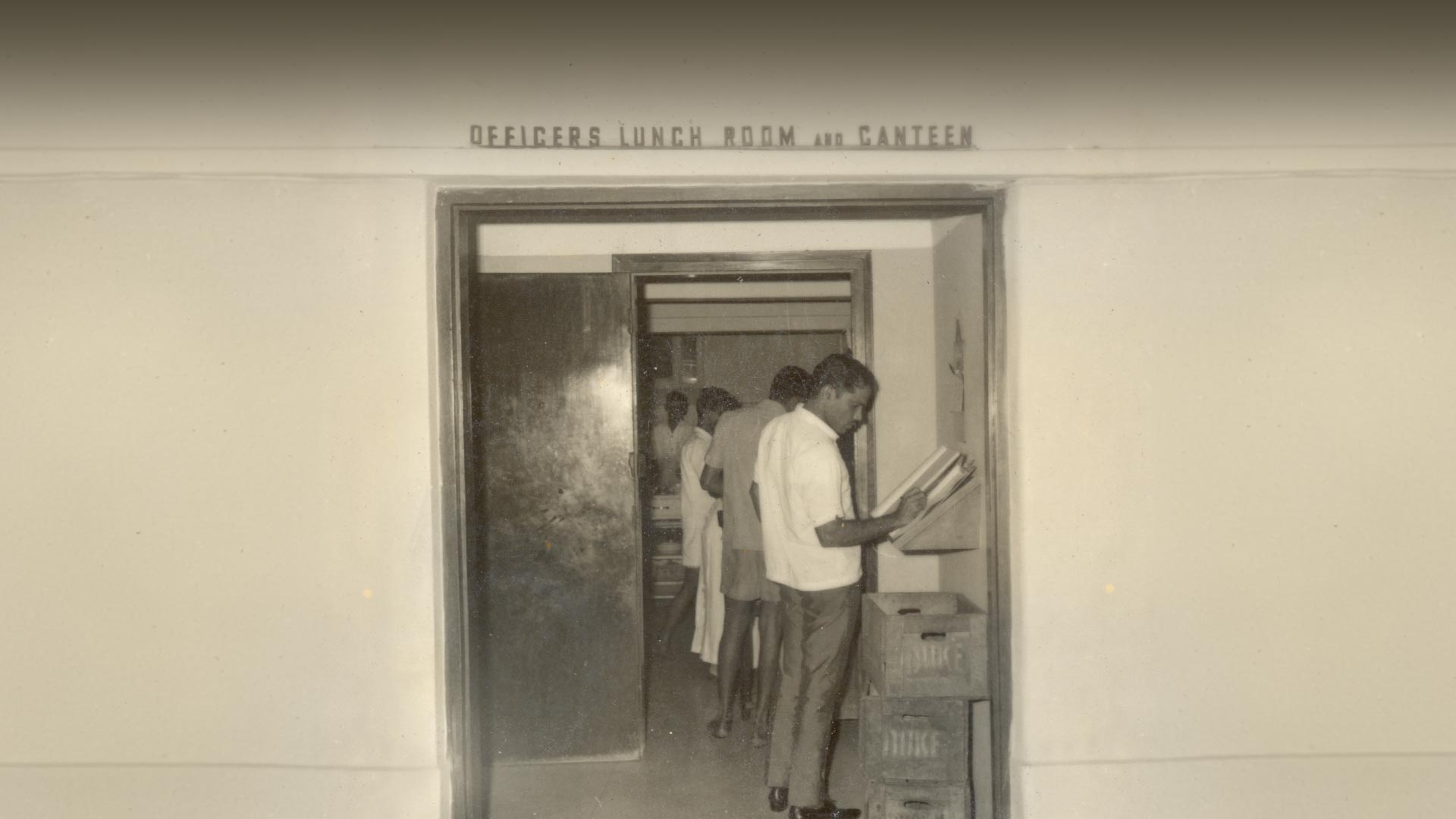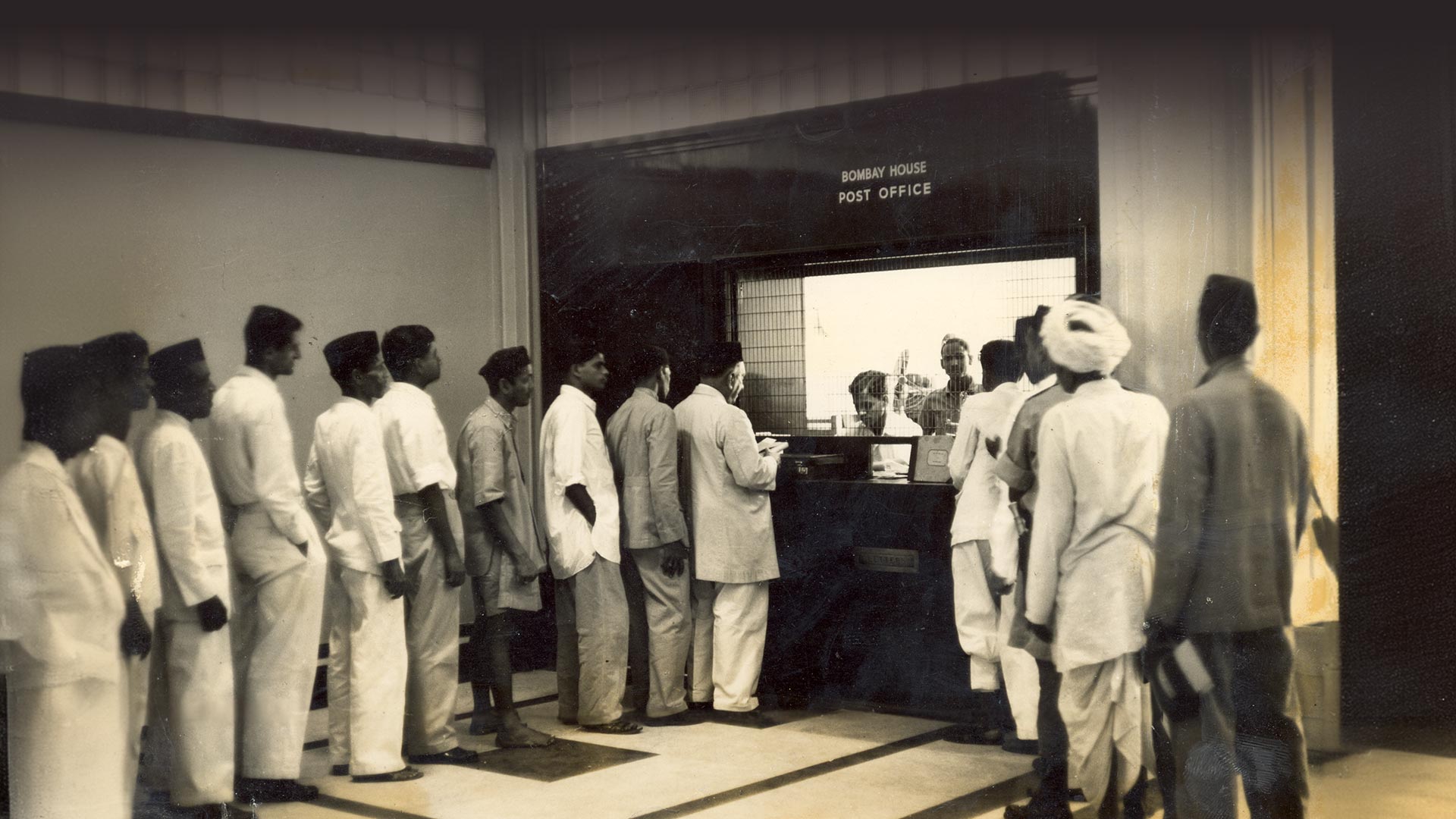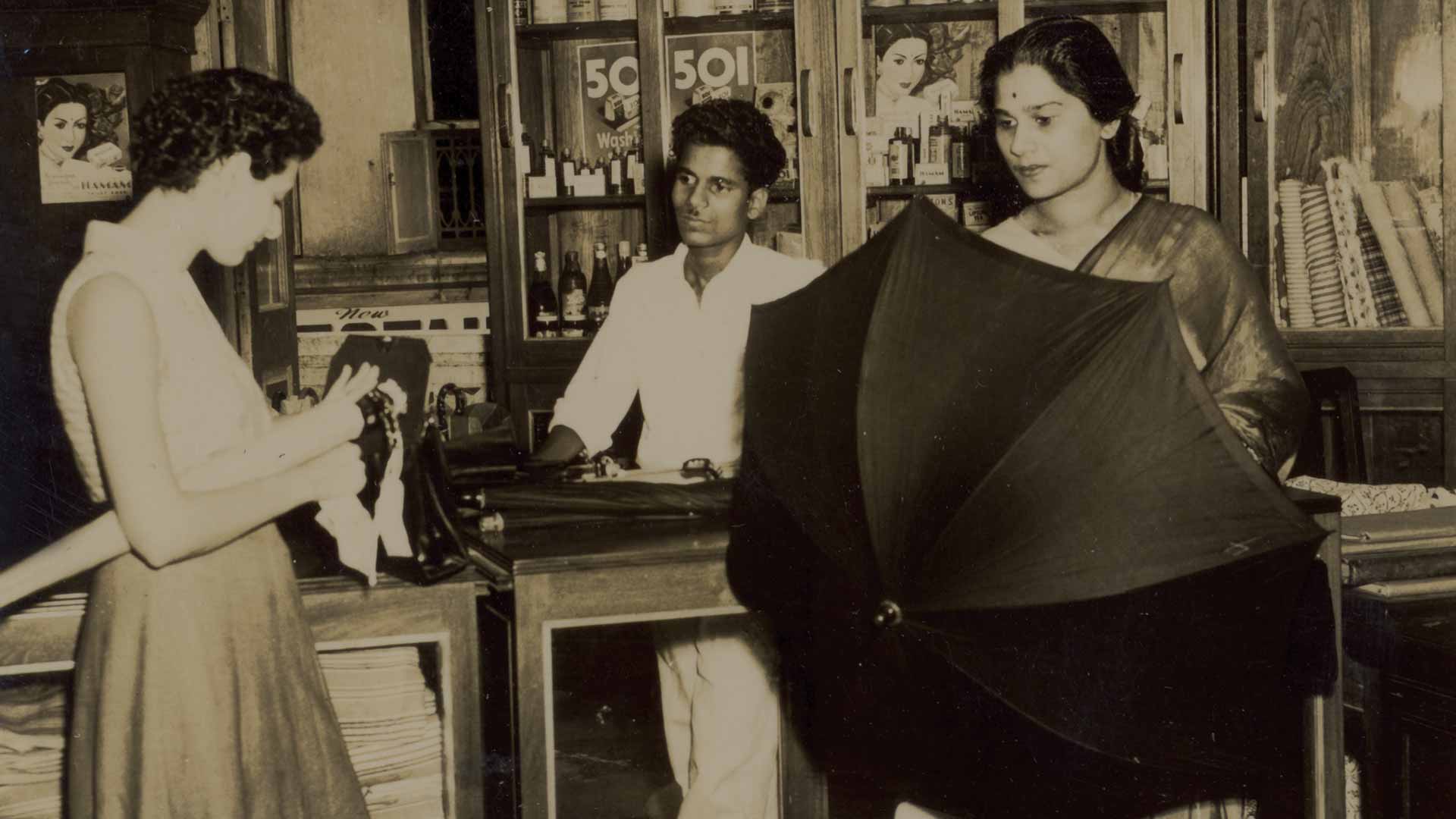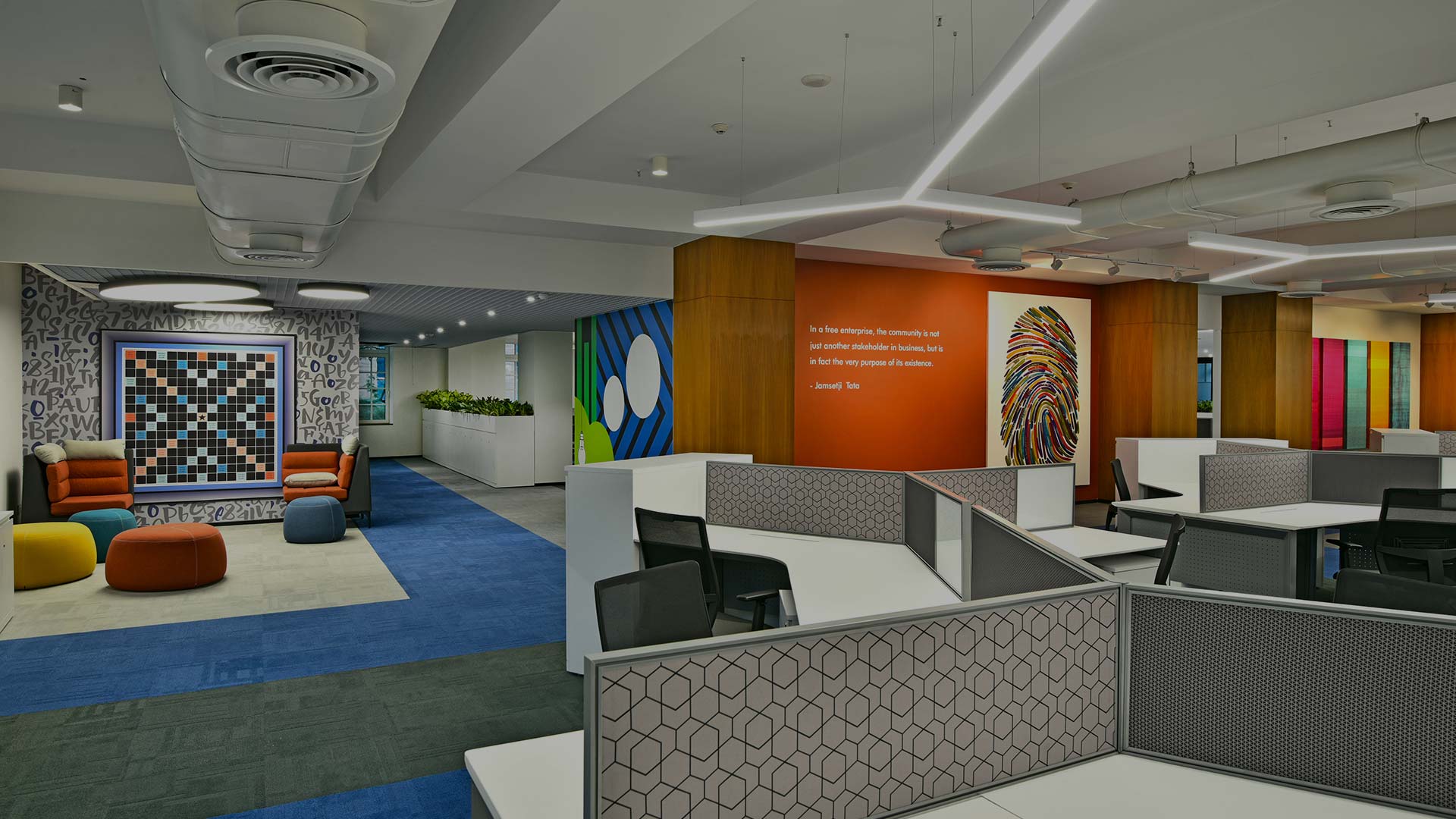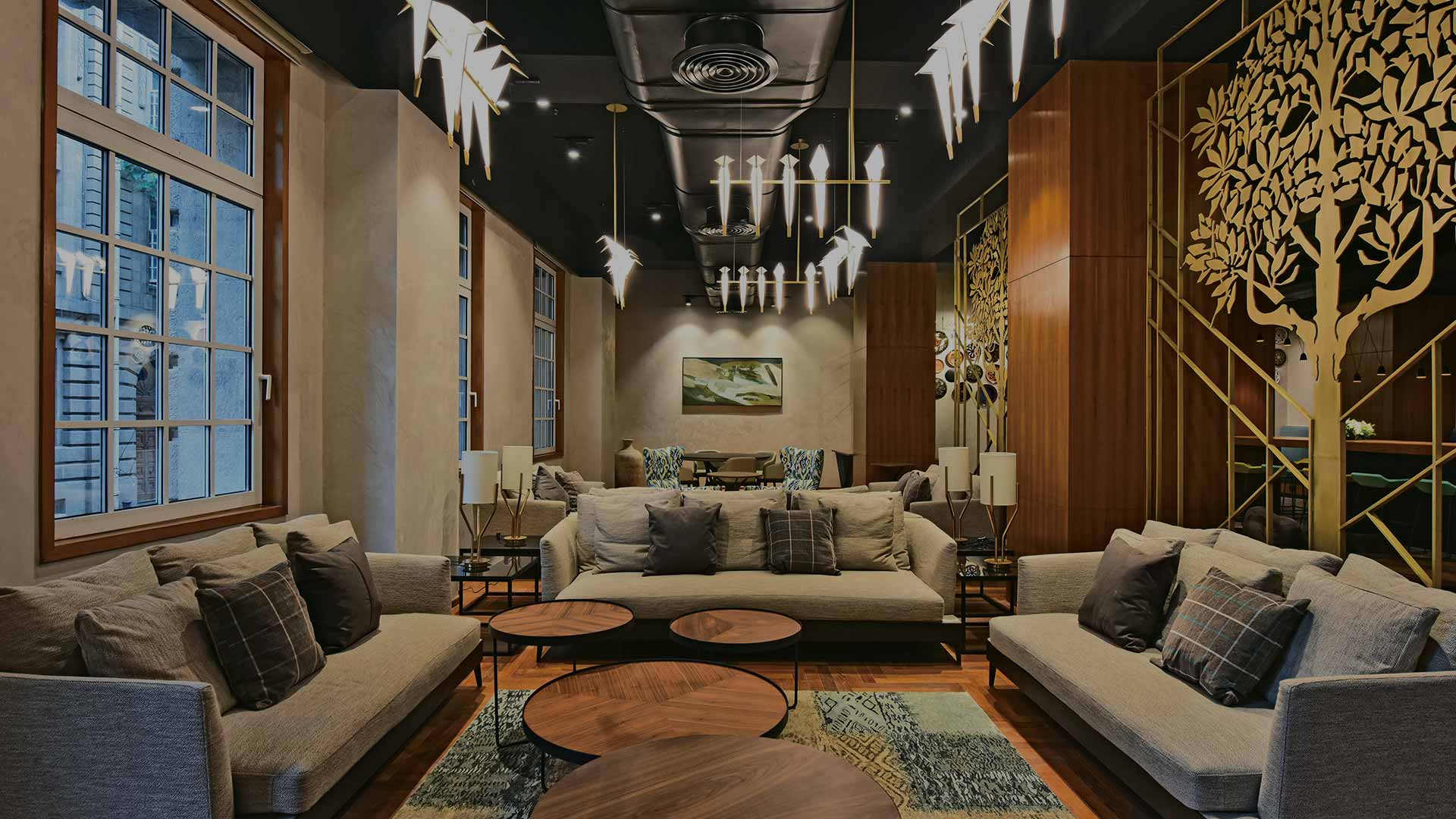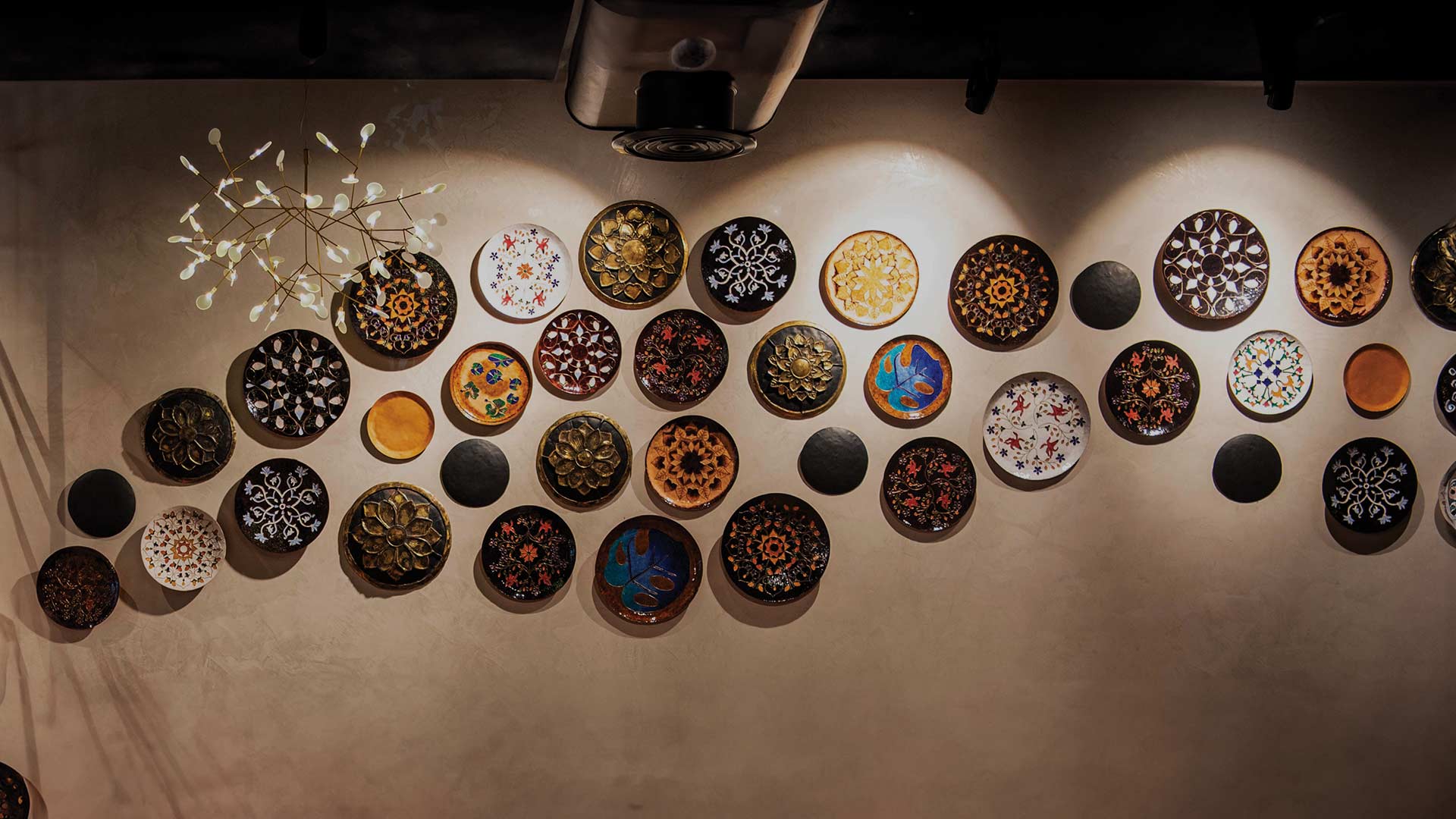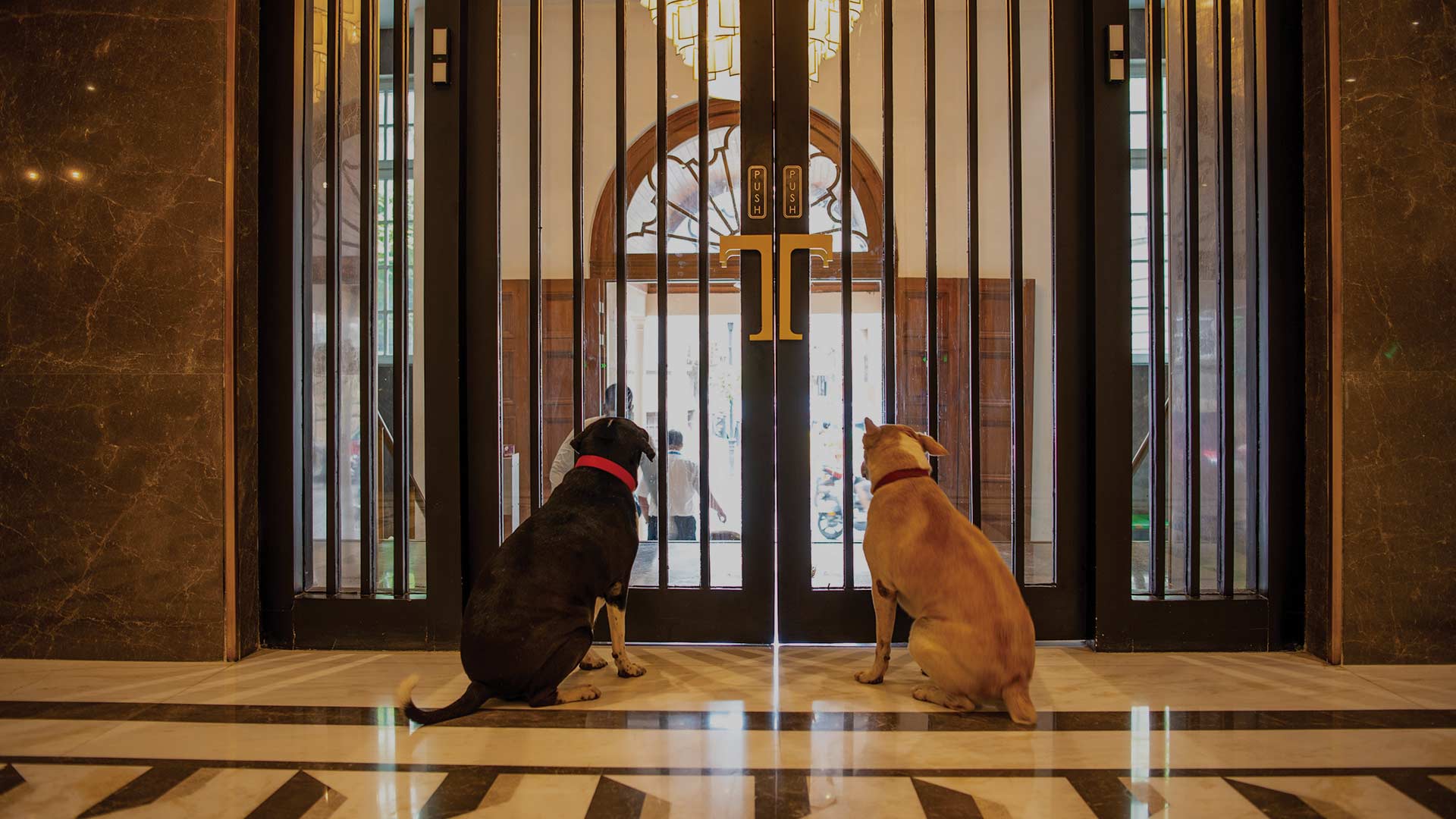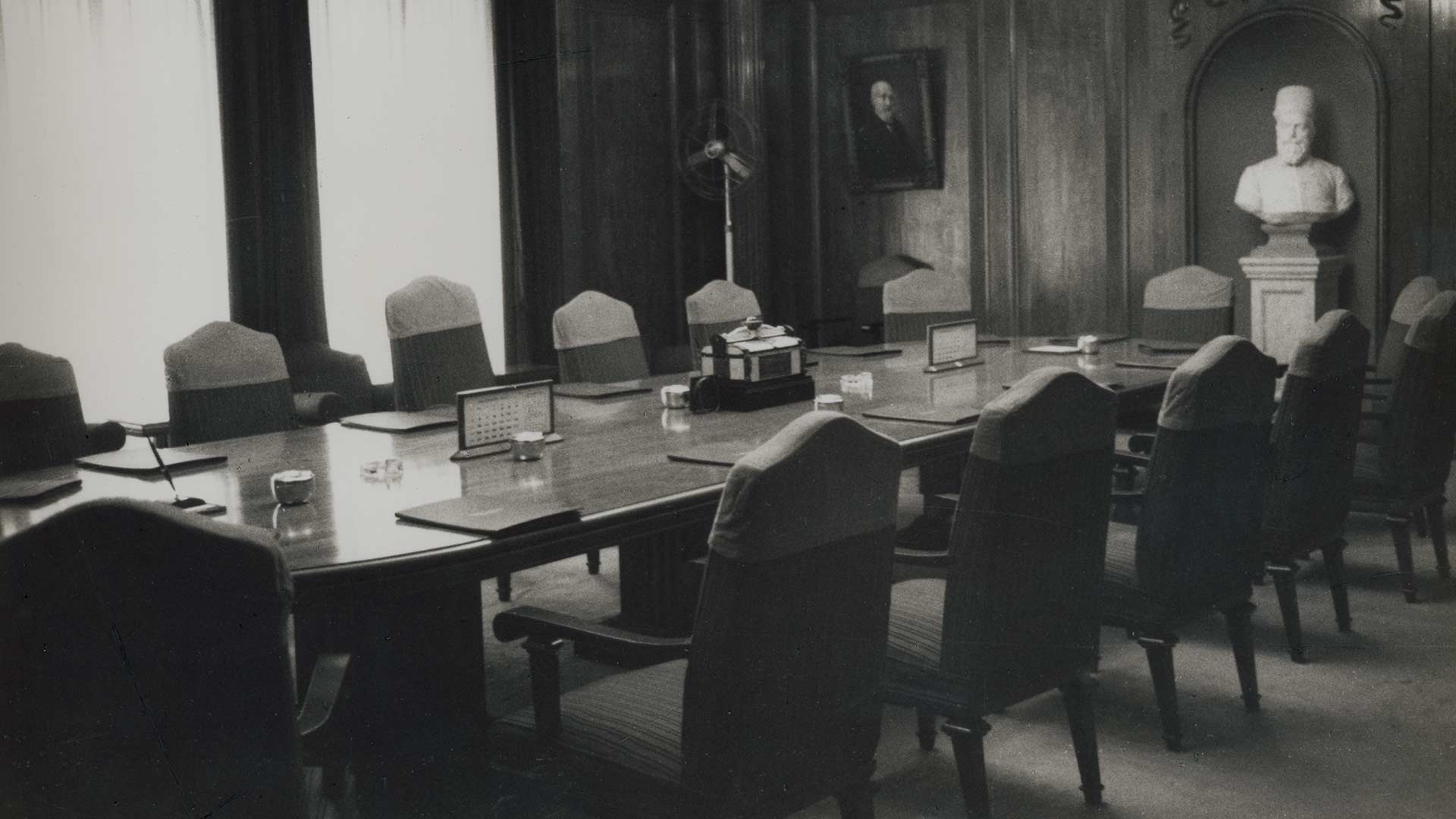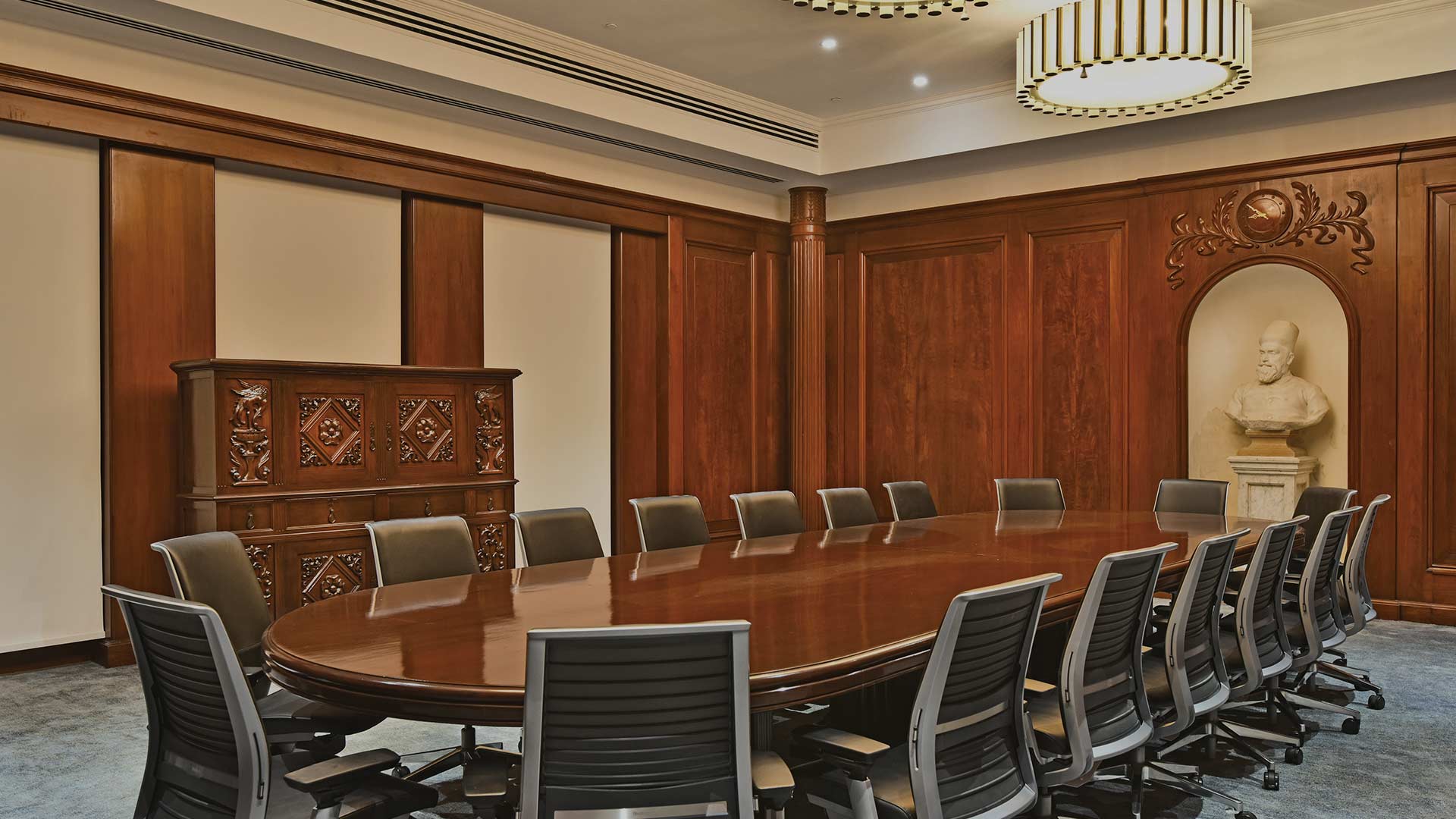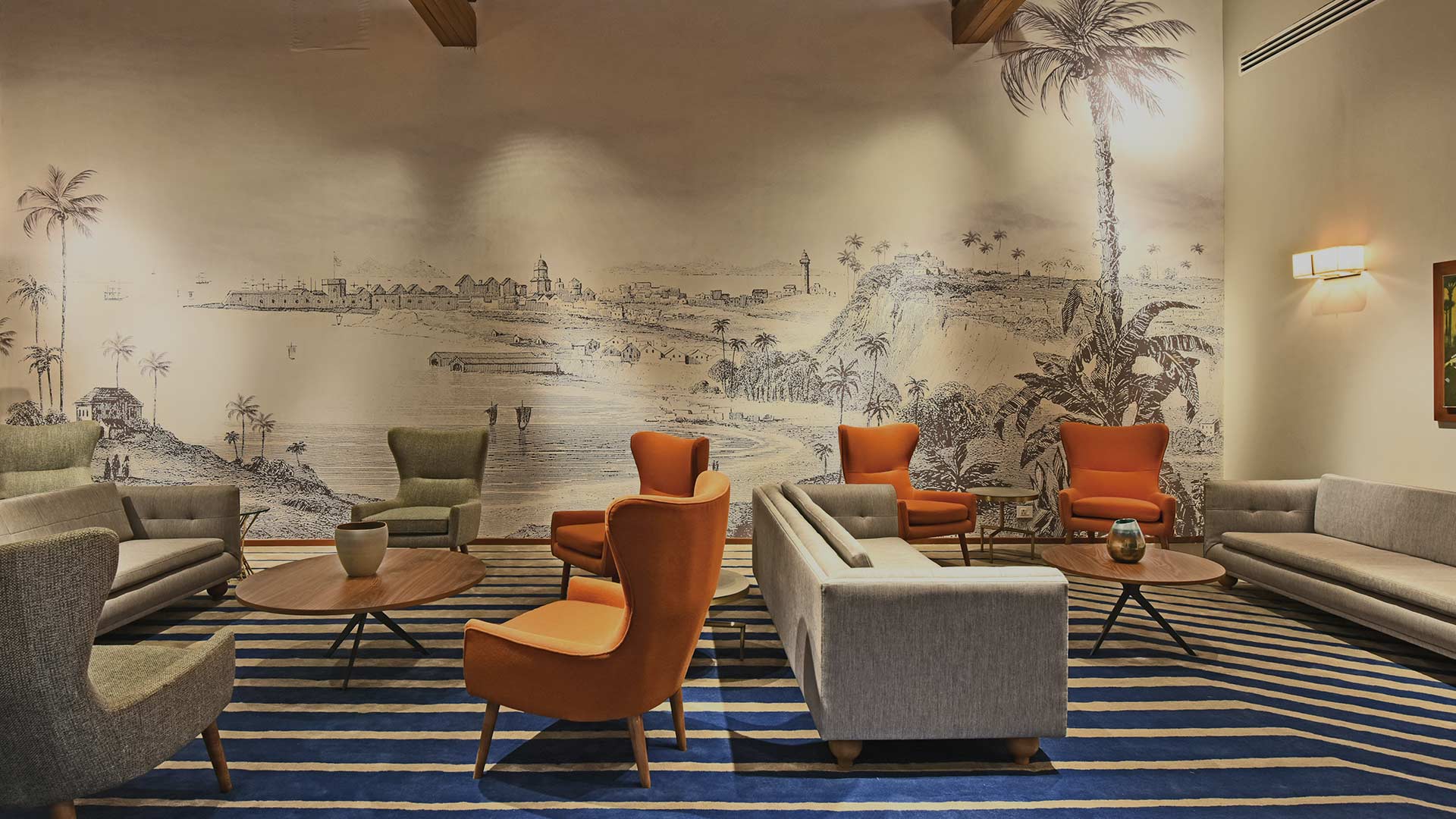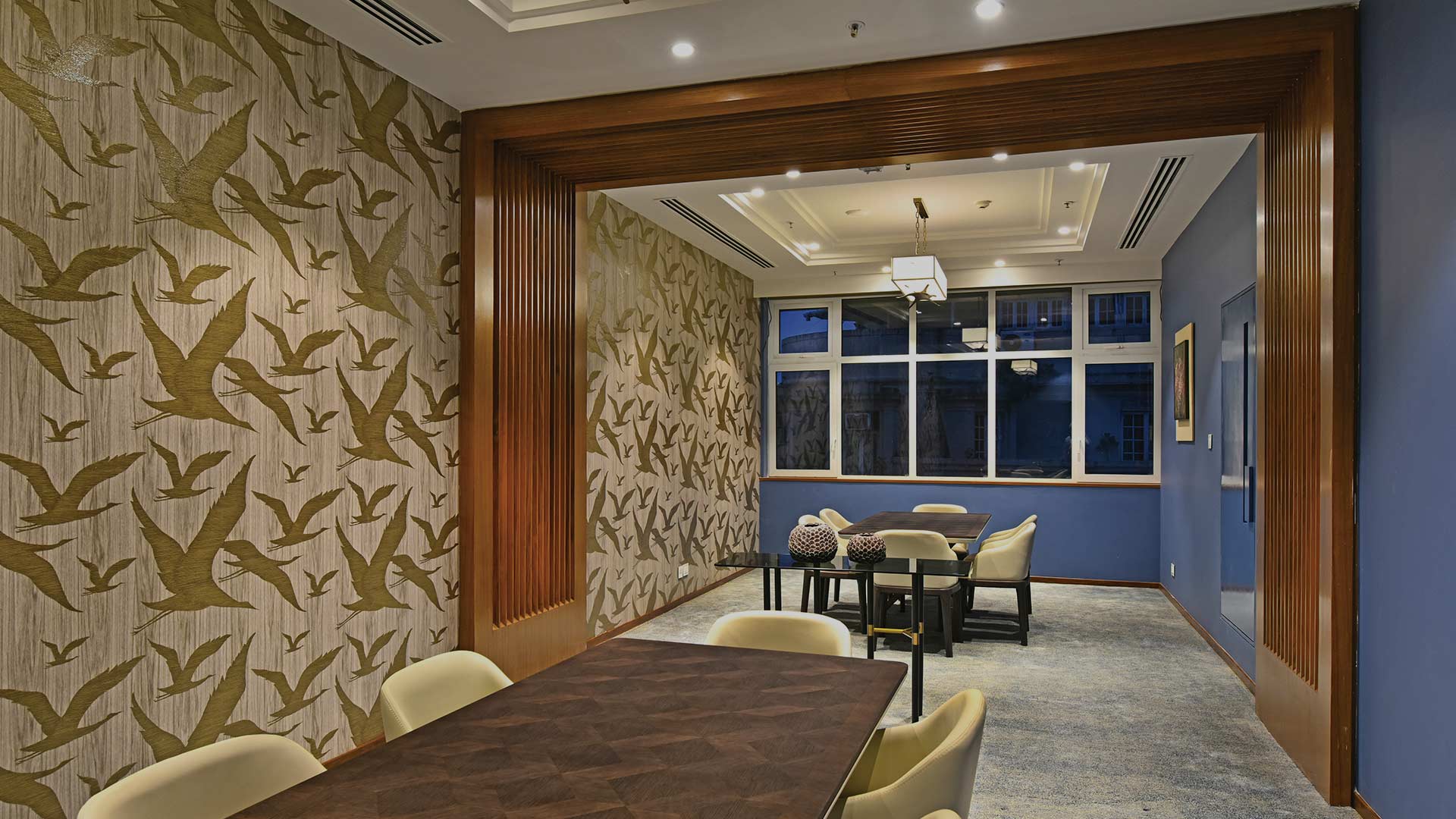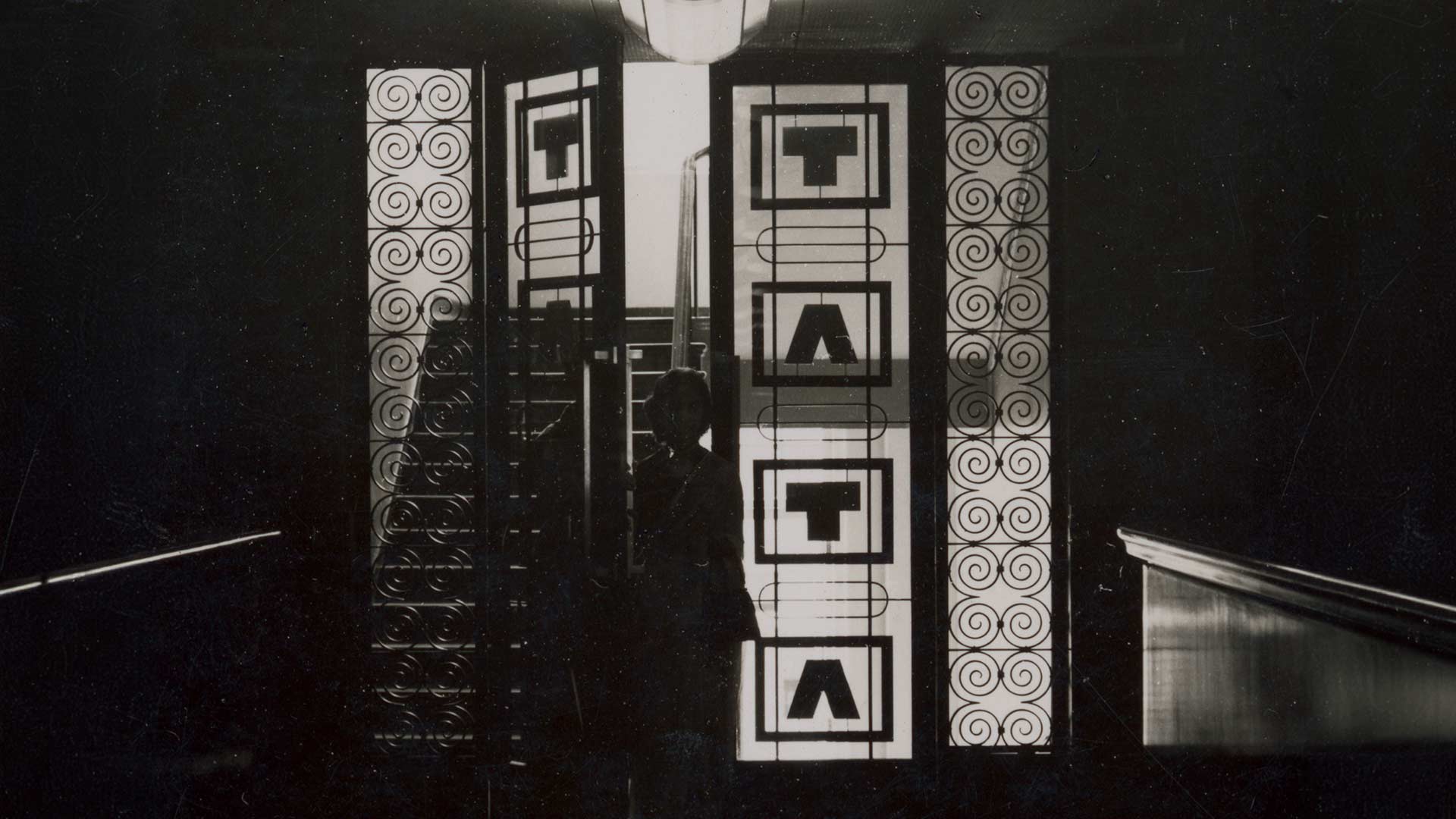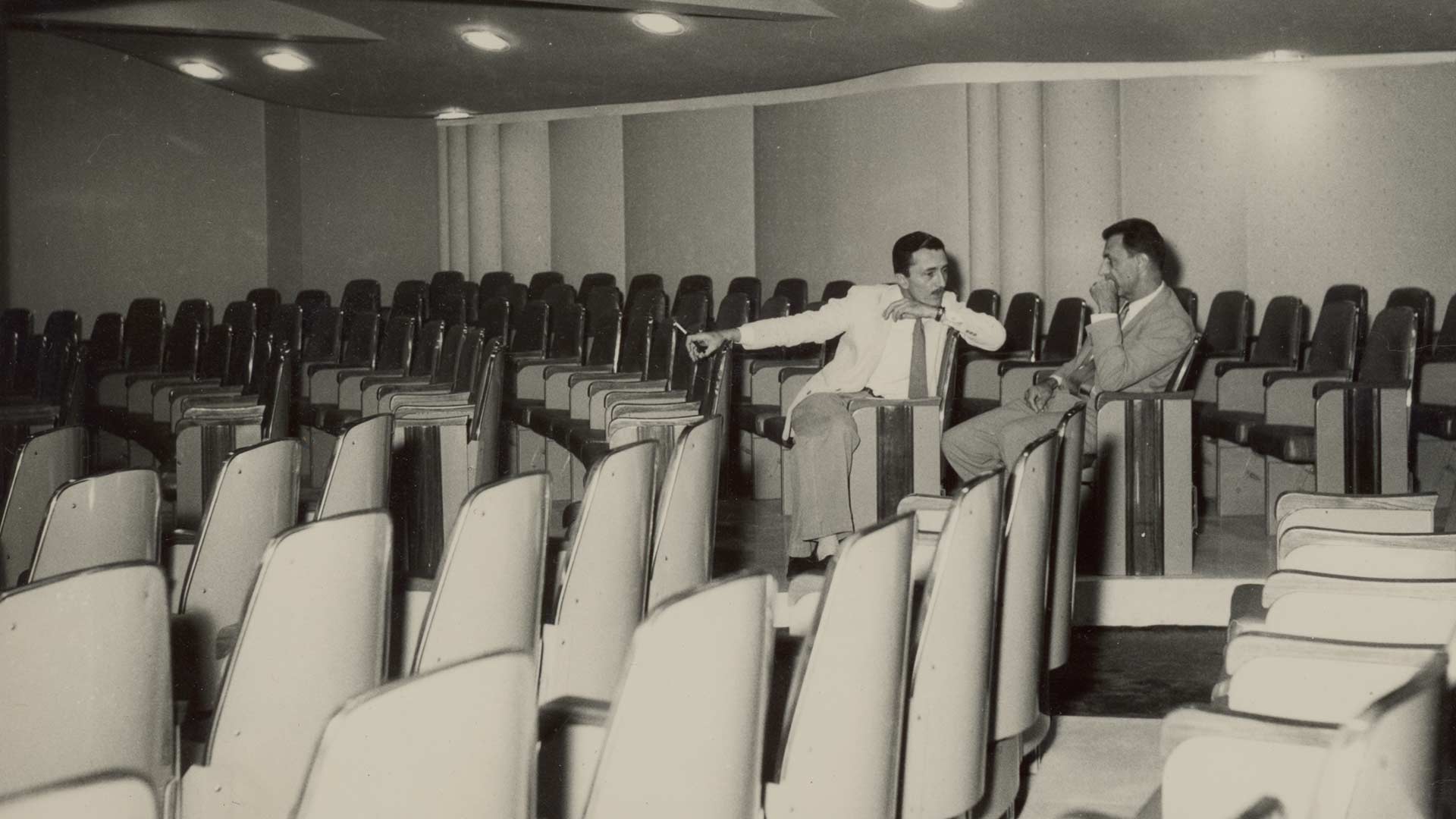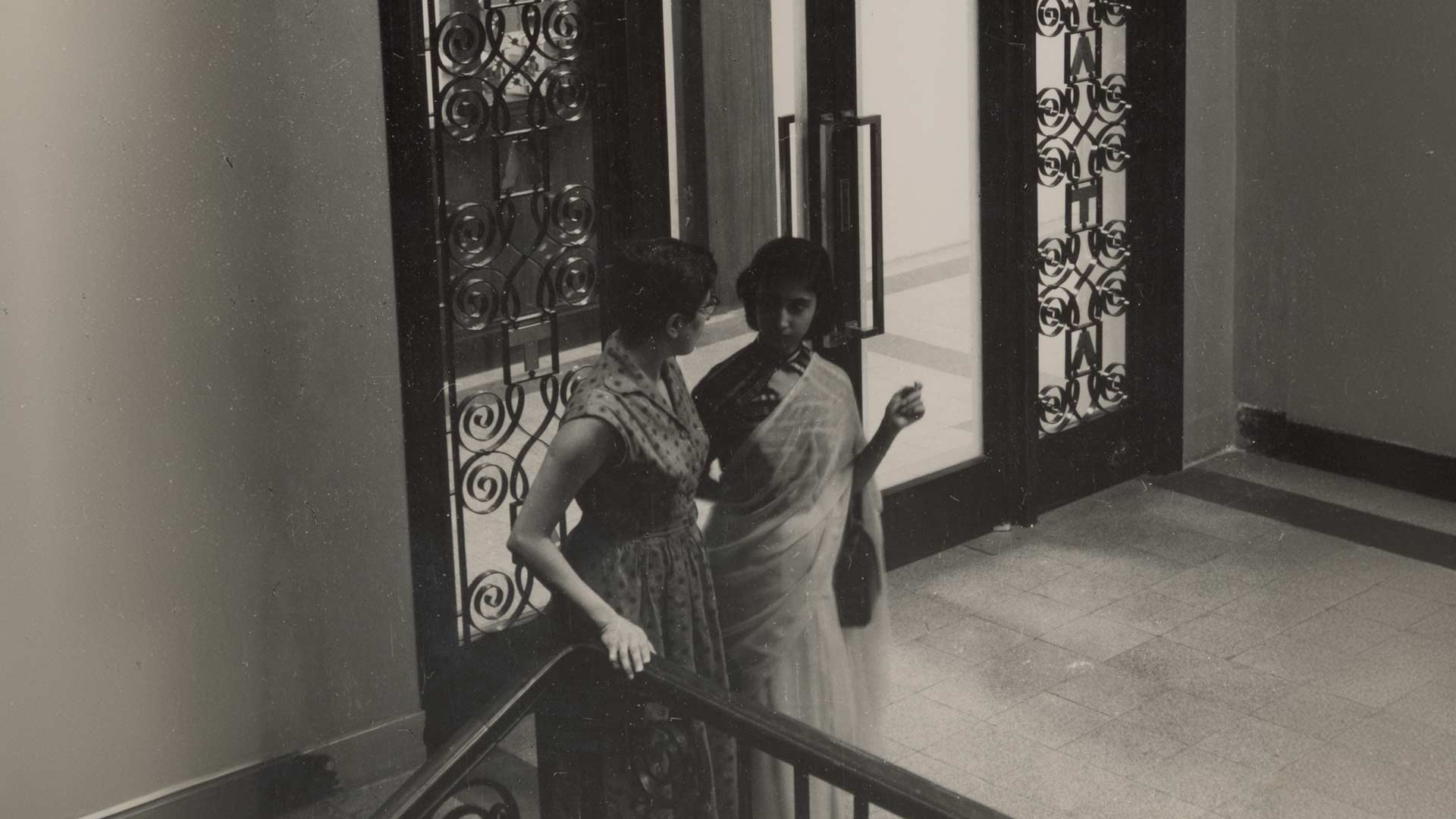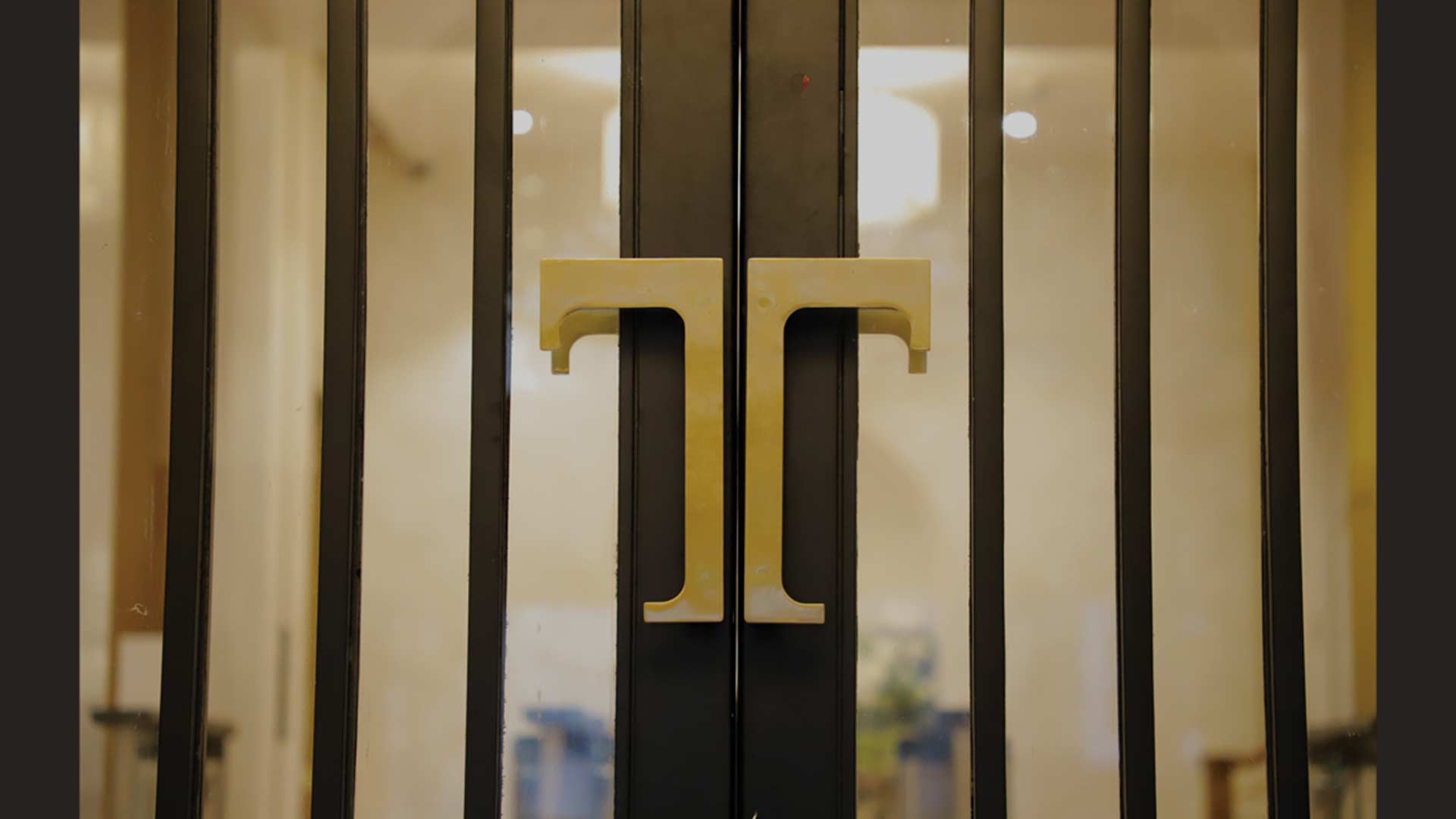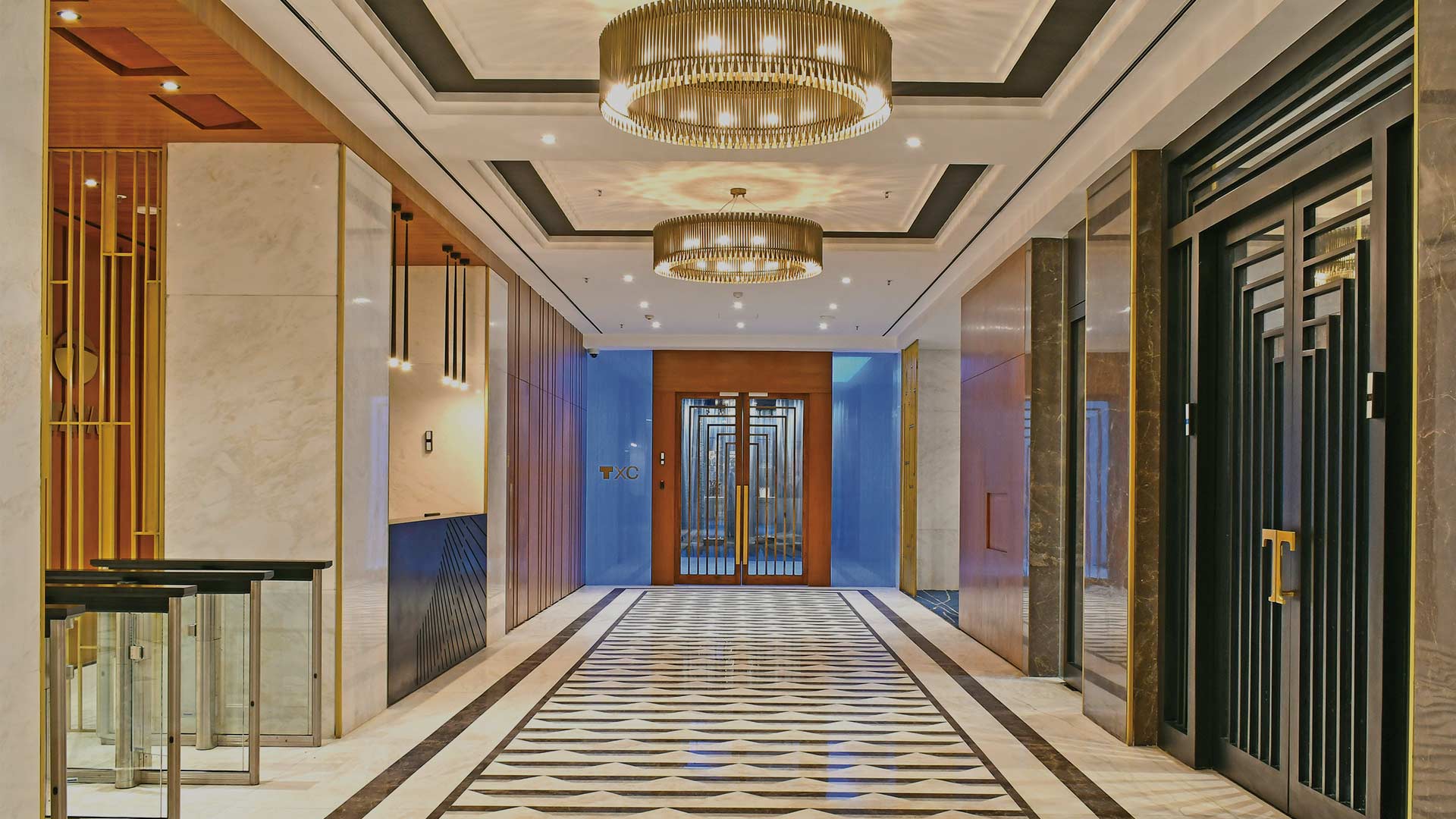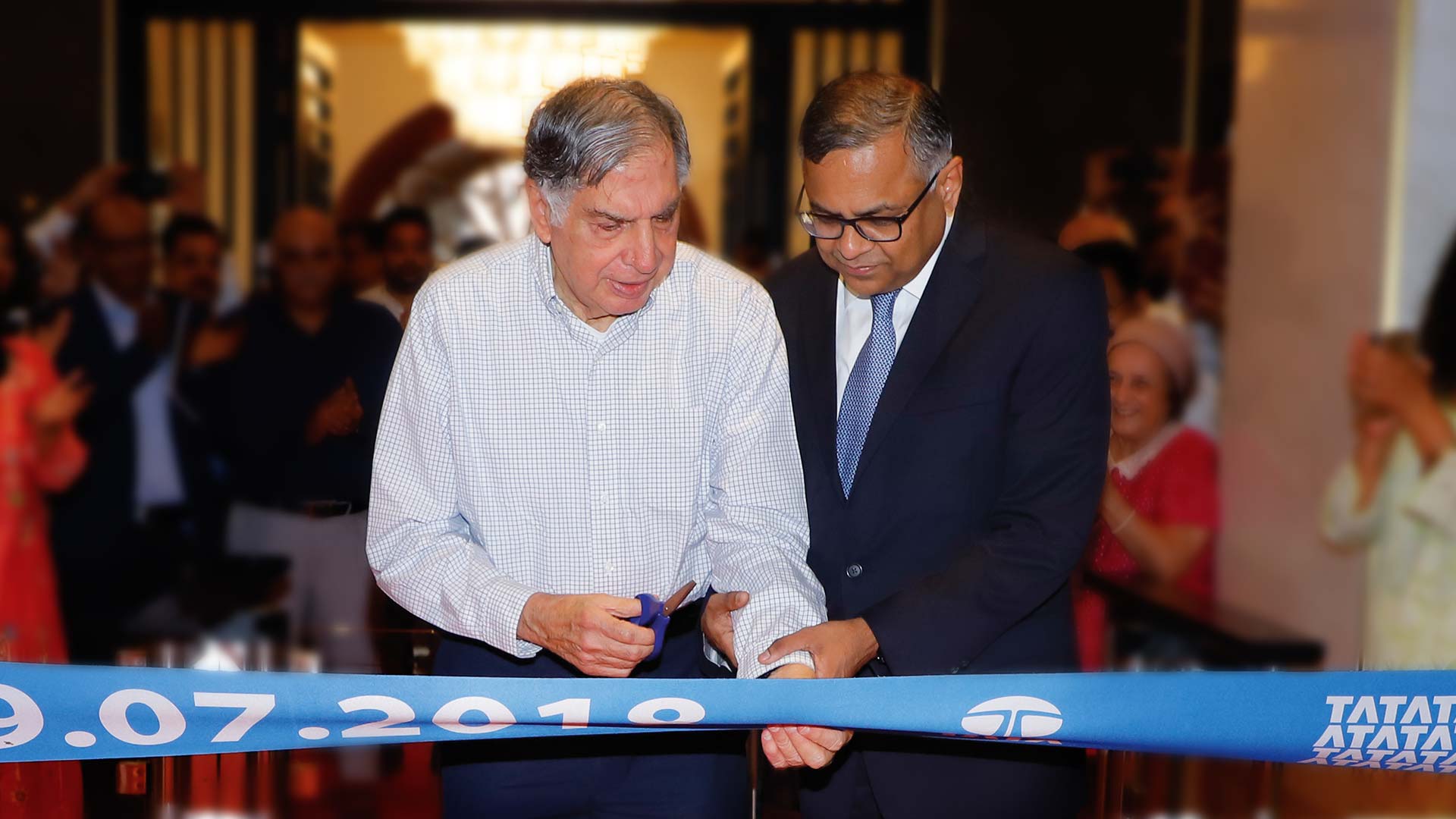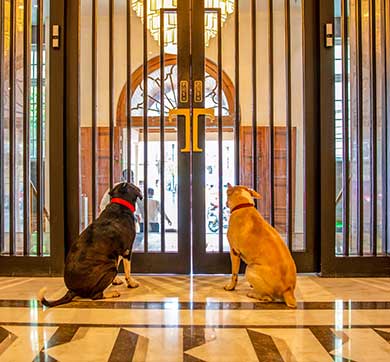August 2024 | 1529 words | 6-minute read
Nestled on a quiet street in south Mumbai, behind the iconic Flora Fountain, is another equally iconic Edwardian Neoclassical building with distinctive entrance canopies and large Georgian windows. This seemingly unassuming building has been the global headquarters of the Tata group — India’s most valuable brand — for the last 100 years.
Bombay House, named after the city, has been the birthplace of visionary ideas that have seen the group expand from four businesses — textiles, hotels, steel and power — to 30 publicly listed companies and 100+ subsidiaries.
Doorway to the future
Through the summer sun, monsoon rains, and seaside winters, Bombay House stands glorious in its position as the nerve centre of one of the largest conglomerates in India. It is the first Indian heritage building to be awarded the platinum rating by the Indian Green Building Council (IGBC) for its sustainable practices.
In 2017, the building underwent its first and biggest renovation when N Chandrasekaran, Chairman, Tata Sons, decided to refurbish it to create a more collaborative, contemporary and youthful workspace, fit for the modern workforce.
For the first time in its history, Bombay House, a Grade II heritage structure, was completely shut for the renovation, which took eight months to complete. The work focused on a sensitive restoration of the façade and roof, structural repairs, and a refurbished interior that reflected the Chairman’s One Tata vision through an integration of agile workspaces and cutting-edge technology.
The stone edifice was cleaned and renovated, wires and pipes were hidden or relocated, windows reframed, entrance canopies redone and the main entrance expanded to create a sense of grandeur. External lighting was added to highlight the façade’s Neoclassical features. As part of the redesign, the building’s floors were split into three conceptual segments — Evolution, Reflection and Metamorphosis — to illustrate the group’s continuing corporate evolution.
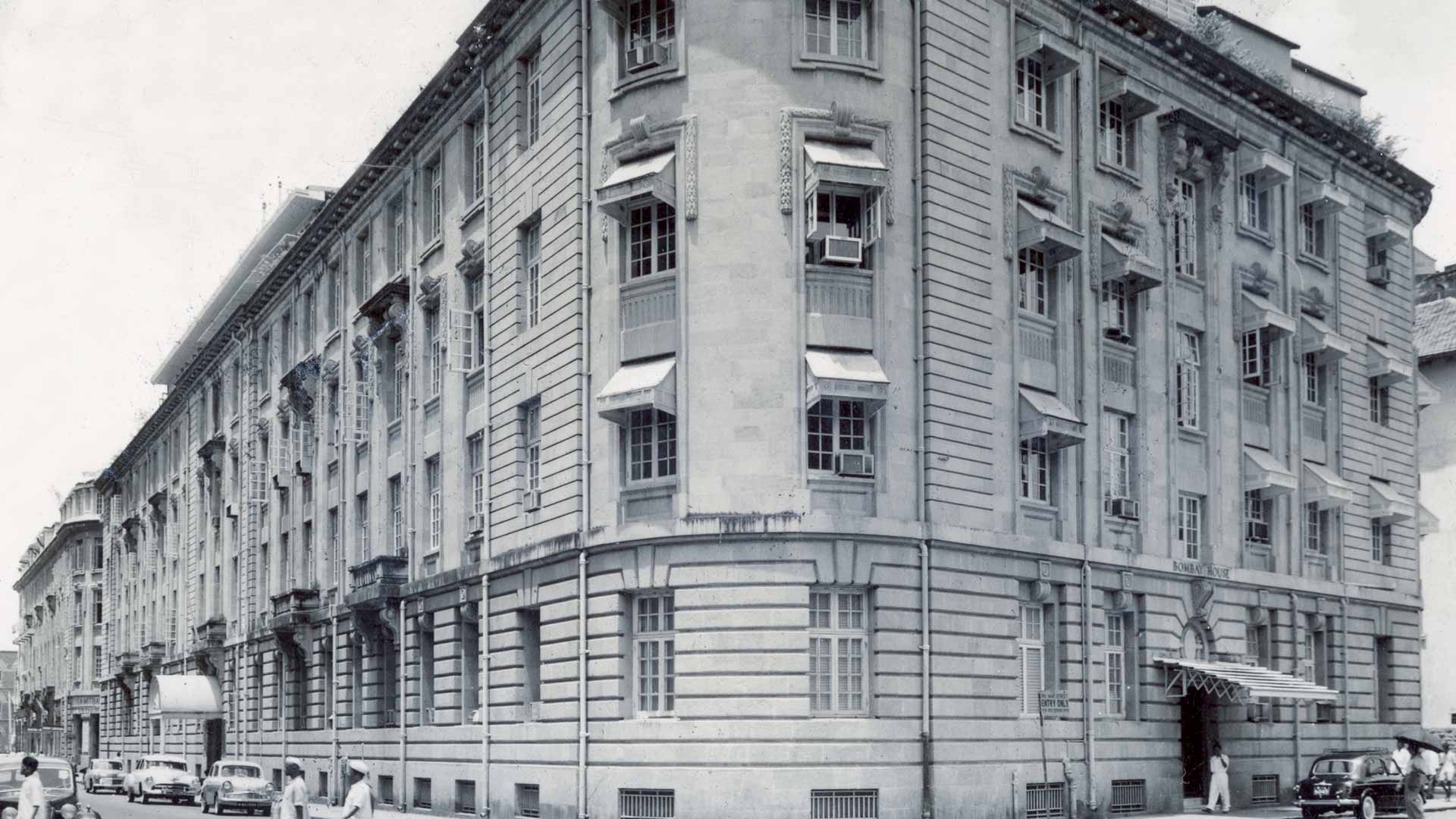
Modern and agile
The basement and ground floor were converted into shared areas for people, and the building’s four-legged friends got their very own kennel. Depicting the group’s evolution, these floors house informal breakout spaces, 1868: Auditorium — named after the year the group was founded — and 1903: Lounge, which refers to the year The Taj Mahal Palace, Mumbai, one of the Founder’s dream projects, opened. Various pieces of art highlight the group’s contribution to nation building, starting from the two beautifully crafted brass trees inside the lounge. They symbolise Jamsetji Tata’s visionary ideas that are the seeds from which a wide variety of enterprises have sprouted and flourished.
On the eastern side of the ground floor is the Tata Experience Centre, conceptualised for the first time during the redesign. It is a digital museum that provides an immersive journey into the group’s rich history, innovations, diverse businesses, and continuing growth stories.
“We are proud of our past, but we need to take responsibility of thinking about our future and shaping it.”—N Chandrasekaran, Chairman, Tata Sons
Bombay House is also the head office of Tata Steel, Tata Chemicals, Tata Power, Tata Industries, Trent, Tata Motors, Tata Sons and Tata Services — all housed across the first three floors. Today, people from these companies can be seen sharing spaces, ideas and coffee on any of the floors, embodying the One Tata philosophy that inspired the building’s redesign. Artworks, photographs, memorabilia sourced from Tata companies and unique art installations reflect the group’s pioneering work, its values and future-focused approach.
As part of the renovation, the building underwent a complete technology overhaul. Cutting-edge systems implemented throughout the building establish digitally integrated work environments, while a custom-made app manages the technologically advanced meeting rooms.
The fourth and topmost floor was updated to focus on the group’s metamorphosis. It has a landscaped terrace with outdoor seating and houses the Chairman’s office — JRD Tata was the first to move into it — and the historic boardroom, which has witnessed crucial decisions shaping India’s industrial landscape.
While most of the building’s interiors were changed during the renovation, the fourth floor retains most of its heritage elements, with the main boardroom restored to its original condition.
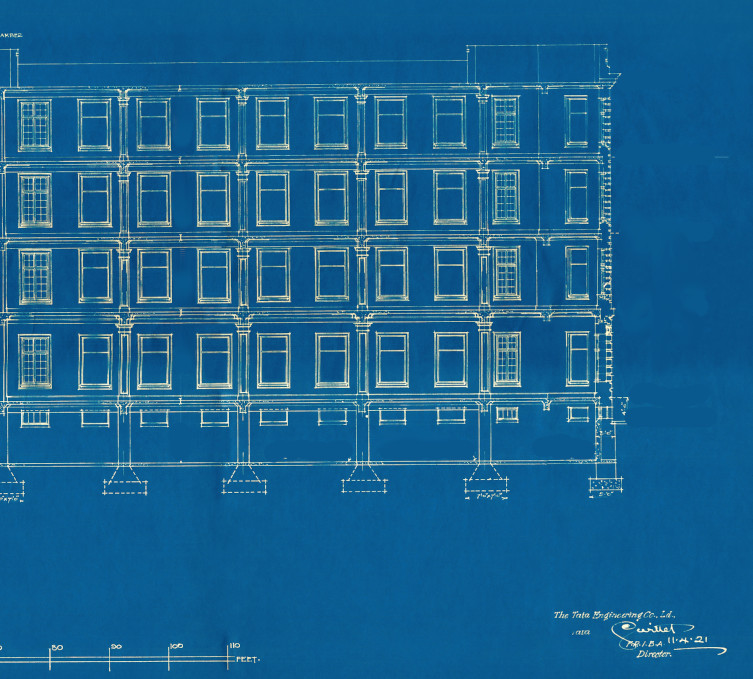
Did you know?
- Bombay House today stands on Homi Mody Street, but it was originally called Bruce Street and renamed after Sir Homi Mody, who was a director in the Tata Group.
- The decision to build the fourth floor was made in 1939. In late 1941/early 1942, the construction was complete, and the floor was occupied.
- It was an employee survey conducted in 1948 that led to the opening of the canteen in the basement of Bombay House. The original in-house catering menu consisted of tea and coffee prepared in the canteen as well as cakes, pastry and vegetarian and non-vegetarian dishes provided by the Sir Ratan Tata Institute. The then Officer-in-Charge of the Dept of Industrial Medicine undertook the task of ensuring that each plate was full of vitamins and calorie-balanced, without being too heavy on the pocket.
- Bombay House had a post office on the ground floor for 21 years. From 1949 to 1970, the ground floor of Bombay House housed the Bombay House Post Office that was accessible to both, employees and the general public.
- The Bombay House switchboard was once manned by one operator, covering 41 extensions and 4 main lines.
- The BEST sub-station that was added to the basement of Bombay House after renovation in the 1950s, is there to this day.
- ABCL, which runs the Bombay House administration, was floated with a capital of nearly Rs 50 lakh and subscribed by the various Tata companies that originally headquartered in Bombay House.
Building of an icon
While it might seem like the Tata group has always been based out of Bombay House, it is, in fact, its third head office. Victoria Building, a stone’s throw from Bombay House, was the first office, opened in 1887. The group then moved to Navsari Buildings and Chambers in 1904, in the vicinity. However, Sir Dorabji Tata, the then Chairman, soon realised that the growing company would need an even bigger building. In 1920, Tata Sons bought two plots of land, totalling 21,285sq ft, at the core of the Fort precinct. The deed was then given to the Associated Building Company Ltd (ABCL), which was started for the very purpose of managing Bombay House and other group buildings.
For the next three years, celebrated architect George Wittet, the man behind the Gateway of India and 150 other iconic Mumbai structures, fashioned Bombay House. He married the symmetry and simplicity of Neoclassicism with the grand style of Edwardian architecture to create an impressive three-storey building clad in Malad stone. The focus on symmetry and proportion is seen in the channelled rustication (horizontal channels cut into stone) on the façade, which creates a strong visual base. Keystones with floral motifs and decorative moldings or trims add a touch of charm to the windows. An intersection of elegance and functionality, Bombay House first opened its doors on July 1, 1924, and has been the steadfast home for the ever-expanding Tata group ever since.
In the 1940s, a fourth floor was added. This was followed by a restructuring of the basement, which was a godown, to make way for a canteen, a library, an auditorium, a central air-conditioning plant, the Tata Sports Club office and a BEST sub-station.
Historical heart
While not much remains of the frosted glass offices and wrought iron doorways that lined the halls, people still remember them fondly. From the BEST sub-station in the basement to the aesthetic signatures, artwork and memorabilia that decorate the new hallways, Bombay House still retains its layers of history, adding more as each era leaves a mark on the building’s identity.
—Archana Warrier




